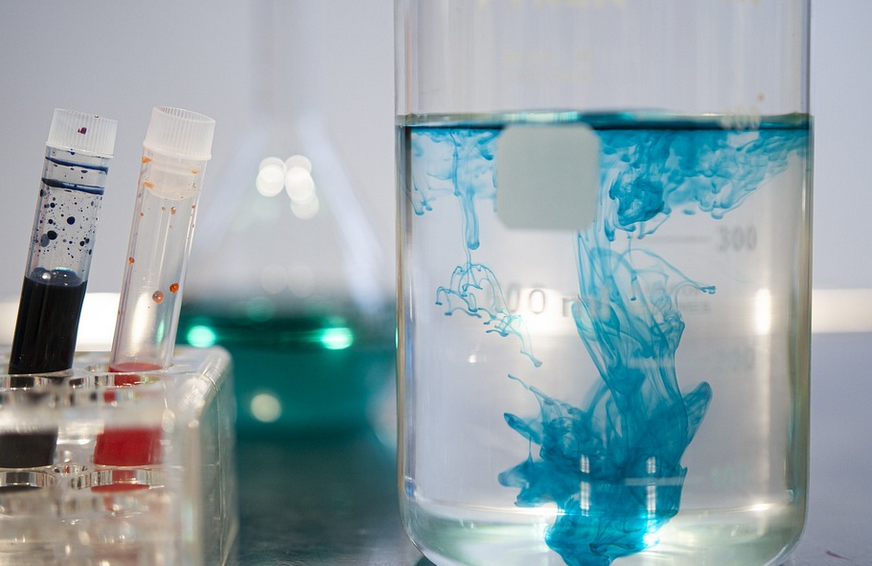Introduction
Catalysts are materials that speed up chemical reactions by lowering the activation energy required for the reaction to occur. They do this by providing an alternative pathway for the reaction that requires less energy. This article will discuss an example of how catalysts can affect the rate of a chemical reaction.
Background
Chemical reactions typically occur when two or more reactants come together and form a product. The rate of the reaction is the speed at which the reactants are converted into products. A catalyst can increase the rate of the reaction by providing an alternative pathway with a lower activation energy. This means that more of the reactants will be converted into products in a shorter amount of time.
Example
Let’s consider the reaction between hydrogen gas (H2) and nitrogen gas (N2) to form ammonia (NH3). This reaction is important because ammonia is used in the production of fertilizers and other important chemicals. The reaction between hydrogen and nitrogen is slow and requires a high amount of energy to proceed. However, if we add a catalyst like iron, the reaction rate increases significantly. This is because the iron provides an alternative pathway that requires less energy for the reaction to occur.
Explanation
Iron acts as a catalyst by providing a surface for the reactants to come together and react. This surface allows the bonds between the hydrogen and nitrogen atoms to break and reform, forming ammonia. The iron does not become part of the reaction, so it can be used over and over again.
Applications
The use of catalysts like iron in the production of ammonia has revolutionized the chemical industry. It has allowed for the production of ammonia to be done on a large scale, which has led to the production of fertilizers and other important chemicals.
Conclusion
Catalysts play an important role in chemical reactions by increasing the rate of the reaction. The example of the reaction between hydrogen and nitrogen to form ammonia shows how catalysts like iron can provide an alternative pathway with a lower activation energy. This leads to a faster reaction rate and a more efficient production process.

